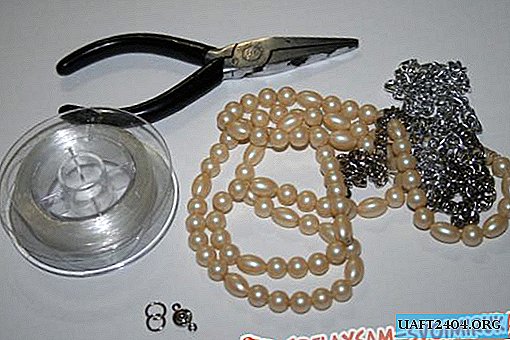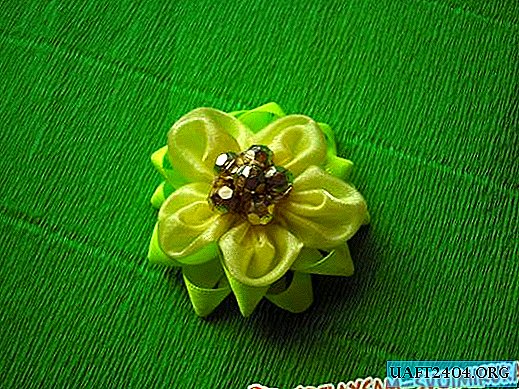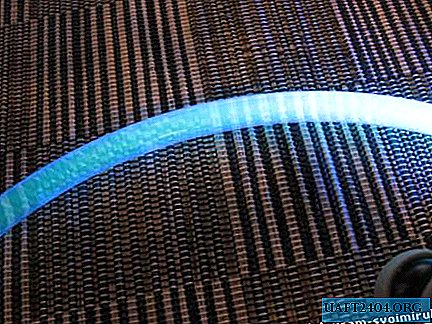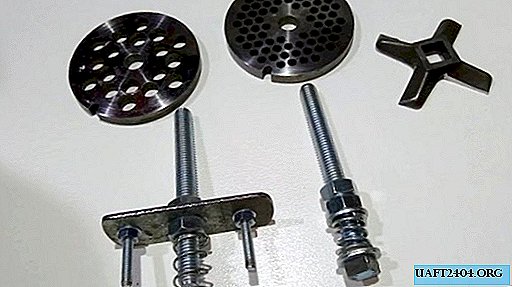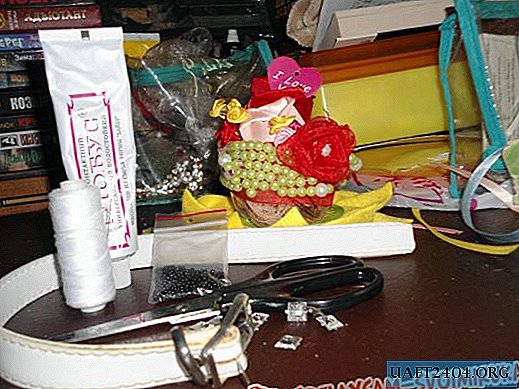Share
Pin
Tweet
Send
Share
Send
Particular attention should be paid to the threshold of the balcony. If you follow the traditional path, then you need to cut the floor boards, if any, and starting from the floor slab, install the formwork, pour it with concrete, wait at least three days and remove the formwork. Only then can we start tiling the threshold.
How to simplify this work, make it less time consuming and, without loss of solidity, accelerate it as much as possible? Yes, there is such a way, and we will deal with it now.
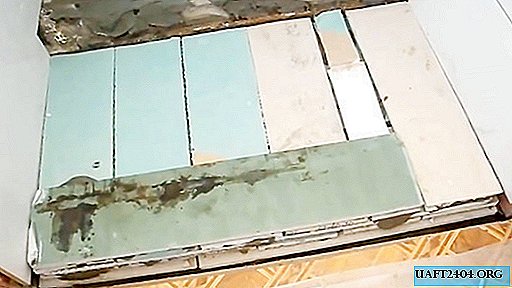
Making the base of the threshold for the balcony from the remnants of drywall
The work on the construction of the base of the threshold will take 1-2 hours instead of three days and at the same time it will in no way be inferior to concrete.
For strength and aesthetics, it is better to extend the threshold to the end of the slope. Its base is made of the remnants of drywall and a mixture of tile glue with sand in a ratio of 1: 1.

We lay the strips of drywall in layers, alternating the longitudinal and transverse locations, on a mix of tile glue and sand.
We determine the length of the strips by the edge of the base, make marks and cut them, break a strip of drywall and cut paper from the back.


We put glue on the underlying layer of drywall with a trowel and lay a strip on it and press down, achieving the correct position in the longitudinal and vertical directions. Squeezed out of the cracks glue-sand mortar, smear on the surface, increasing the solidity of the base of the threshold.
The leading edge is maintained with a retraction inward to the thickness of the tiles. As a result, the lined front of the threshold will lie in the same plane with the edge of the lining of the slopes.
If a narrow space remains in the layer, then we fill it with the same width strips of drywall, also planting it on a solution of glue and sand. Strips can be of different lengths.


Thus, alternately laying the remnants of drywall on the adhesive in layers in the longitudinal and transverse directions, we bring the base of the threshold to the desired height.

This option of manufacturing the base of the threshold on a drywall balcony, even at a height of 20 cm, thanks to laying on a thin layer of glue-sand mortar, quickly seizes, does not shrink and you can immediately lay the tiles on it.
The procedure for tiling the threshold on the balcony with tiles
We select the whole tile, determine the direction and lay it in the center of the base of the threshold, taking into account the formation of the leading edge, coinciding with the tiles that are facing the door slope.

We set the front edge of the tile to level, so that there is about the same run on the sides. Draw on one side of the tile with a pencil on the base of the line that will be the base.

We remove the tile and apply glue-sand mortar to the place where it lay. Again, we lay the tiles without confusing the direction, and precisely along the baseline. We check the horizontal cross-laying by level, gently tapping the tile in the right places with your hand or a mallet. In the longitudinal direction, the tile should have a slope from the door so that the threshold height is not too large.
We remove the excess glue-sand mortar on the sides of the central tile. We take another tile, determine the direction and side of the laying, turn it over and apply it tightly to the wall from the top right and put a minus 3 mm mark (two seams of 1.5 mm each). We do exactly the same from below. We do the same with the other side of the same tile on the left.
We lay the tiles according to the marks on the tile cutter, make a cut and chip. We get two side strips of the desired size and shape.

We make a fitting and make sure that they fit exactly in place. Since the glue has not yet set, the central tile can also be adjusted if necessary.
Since the side elements are not wide, we lay them on a clean glue 3-4 mm thick with an excess in the center so that there is the possibility of adjusting the position. Using a level gauge, we control the plane with respect to the central tile. In the same way we stack the second element.

It remains to lay the upper side of the threshold. To do this, measure the width with an electronic tape measure. It turned out to be 102 mm on one side and 104 mm on the other. That is, each side of the tile will have to be cut to fit its size.
Again, we take the whole tile, specify the direction, put it tightly on the door frame and mark the edges of the laid tiles taking into account -3 mm. We transfer the marks to the ends, cut off the necessary element on them on the tile cutter and glue it in the center, observing the plane and width of the seam.

Next, we cut out individual squares, we also plant them on clean glue, taking the surface of the slope tile as the base.
It remains only to face the risers. Moreover, the height size is not important here, because it will be covered with a baseboard from below. The main thing is to match the slope tiles and the edge of the threshold.


We cut three strips, equal in length to the central tile on the threshold and two side elements.
The ends of the drywall are primed with a deep penetration primer, which guarantees adhesion to the adhesive with a 5-10 mm base layer.
We install the central strip, placing the glue with a thicker layer in the middle, which will allow it to be spread apart and to prevent voids during installation and pressing. The main thing here is the coincidence with the edge of the top tile.
Then install the side strips. If it turns out that the glue is not enough and the tile "failed", then you can tear it off and add glue.
On a note
In order for the glue to dry and the tiles to become firmly fixed, it is necessary not to use the threshold and not step on the tiles for the time indicated on the packaging of the glue.
Share
Pin
Tweet
Send
Share
Send

